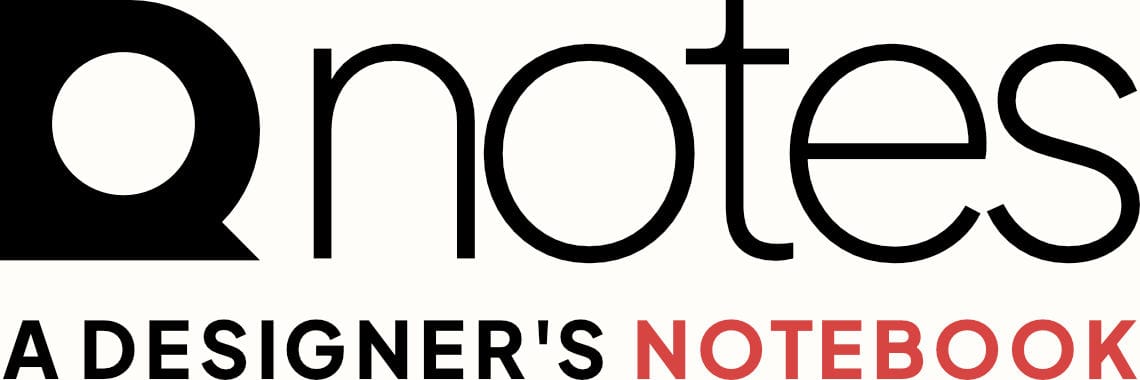AI Chats Aren’t Private! What Sam Altman’s Warning Means for UI, UX, and Trust in Design
Sam Altman warned that AI chats aren’t private—they can be stored, subpoenaed, and used as evidence. This exposes a deep UX problem: interfaces that feel safe but aren’t. Here’s what it means for trust, ethics, and communication design.
When OpenAI CEO Sam Altman recently stated that conversations with ChatGPT are not privileged by law and can be subpoenaed as court testimony, it caused quite the panic.
People talk to ChatGPT as if it were a therapist, an attorney, a secure confidant.
On the interface, it feels private.
Legally? It’s just like email. Whatever you type is saved, can be called up, and—if needed—used against you.
And here’s the part designers can’t ignore
The UI is to blame for this confusion.
The Latent Cost of Interface Obligations
Good UX is minimalist. It makes technology second nature, instinctive, even human.
And that same indirect simplicity leads to misunderstanding:
- The blank chat window looks harmless.
- The informal tone feels friendly.
- The “New Chat” button feels like a fresh start.
- The “delete conversation” function suggests permanence.
Every design decision whispers:
This is your space. You can trust it.
But in reality?
Deleting a chat does not eliminate the data if there is a court order to preserve it.
That’s where UX enters a dark space—when what the interface says diverges from real-world legal reality.
Why It’s a UX Problem, Not Just a Legal Issue
Trust in digital products is more than privacy policies buried in a footer.
It’s about what the design implicitly suggests:
- If a product looks like a personal journal, people will write like it’s private.
- If the UI feels like a human conversation, users will share as if it’s confidential.
- If microcopy says “delete” without clarifying retention policies, users believe it’s gone forever.
In UX, we’re constantly balancing friction against clarity.
The smoother the experience, the harder it is for users to properly judge the risks.
Sam Altman’s warning exposes the gap between perceived safety and actual safety in AI design.
Design Ethics: Are We Making False Promises?
When someone bares their soul to an AI chat window, are they:
- ✅ Making an informed choice?
- ❌ Or acting on a false sense of confidentiality fostered by warm UX?
This isn’t just about legal disclaimers. It’s about design ethics.
Because in design, the interface is the message.
If the UI encourages close sharing but the system can’t promise security, designers must rethink how trust is communicated—both visually and verbally.
What UI/UX Can Do Differently
1. Public Trust Indicators
- Before the first prompt, state clearly:“Your chat may be stored. It’s not legally confidential.”
- Add microcopy to “delete chat” explaining how retention actually works.
2. Friction That Protects
- Don’t just smooth the flow. Add deliberate pauses for sensitive scenarios.
- Example: Before personal, medical, or legal data is shared, trigger a gentle:“Are you sure?”
3. Layered Transparency
- Don’t dump a 40-page privacy policy.
- Use clear, layered messaging—a simple line in the UI with a “Learn More” link.
4. Humanized Honesty
- Instead of: “Your data helps improve services,”say: “This chat isn’t private. It can be saved or subpoenaed like an email.”
5. Visual Hierarchy for Risk
- Warnings shouldn’t look like fine print.
- Use color, spacing, and weight to make privacy information impossible to ignore.
The Communication Design Layer
This goes beyond UI components. It’s about communication design as a whole:
- Tone of voice: If AI sounds like a friend but acts like a data collector, that’s contradictory design.
- Information architecture: Privacy info is often buried deep. Good design surfaces it where decisions happen.
- Metaphors: ChatGPT uses a “conversation” metaphor, but it’s not truly a private dialogue—it’s a stored exchange with an algorithm.
When communication design fails, trust isn’t just lost in AI—it’s lost in technology as a whole.
A Final Thought
Design should be more honest—whether it’s a digital interface or the way a product is packaged on a shelf.
The same tricks that hide privacy risks in a chat window also show up in physical products: tiny labels, subtle color shifts, packaging designed to confuse. Some mistakes are deliberate, because confusion sells.
But no design, good or bad, can replace personal responsibility. There will always be industries selling us things we don’t need and movements pushing propaganda we should question.
We can’t stop all of it from existing—but we can learn to see it clearly. We can pause, filter, and choose what we trust.

